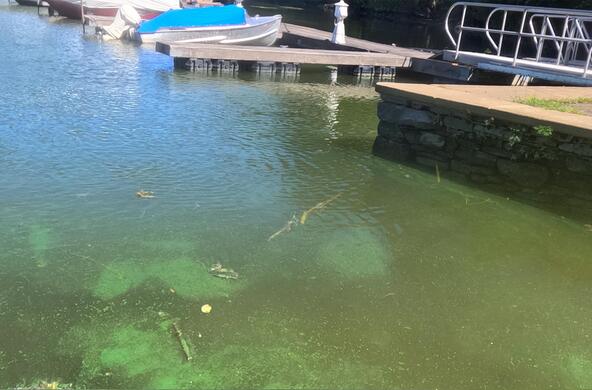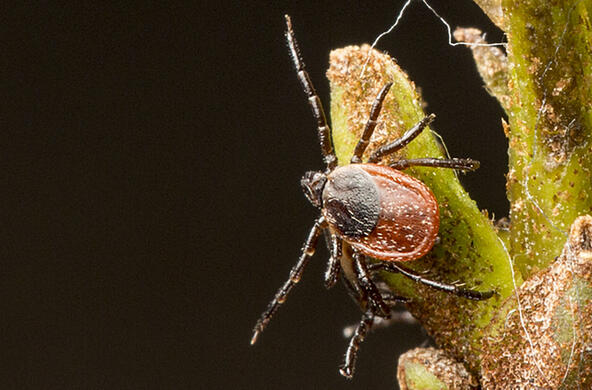Chromium is a corrosion-resistant metal, used to produce stainless steel and to plate automobile trim and bumpers. Less well-known is the use of chromium in the tanning process to preserve leather.
Before Julia Roberts starred in the biographical movie Erin Brockovich, no one thought much about chromium, especially as an environmental toxin. Indeed, at trace quantities, chromium is a necessary dietary nutrient for humans.
But chromium is found in at least two forms in the environment—chromium (III) and chromium (VI), which is also known as hexavalent chromium and recognized as a carcinogen to humans. In 1996, Brockovich won a $333 million lawsuit to compensate victims consuming groundwater contaminated with hexavalent chromium by Pacific Gas and Electric (PG&E). Chromium had its day in the sun.
In all such matters, but particularly with groundwater pollution, it is important to establish the background levels of contaminants—the baseline condition. Chromium is naturally found in water; it becomes interesting when we find contamination that is significantly higher than background levels—the historic concentration of chromium.
Thus, it is of more than passing interest that Avner Vengosh and his colleagues at Duke have measured hexavalent chromium in drinking water wells in central North Carolina in areas not known to suffer from obvious human activities, such as the leaching from coal ash ponds. The origin of this chromium in groundwater appears to be from interactions of the water with various subsurface rocks in this region. The level of hexavalent chromium was above California’s recommended concentration in drinking water for essentially all of the wells tested.
This, of course, begs the question of just how much hexavalent chromium is tolerable. For some carcinogenic exposures, such as x-rays and ultraviolet light, there is a certain amount of background that has been tolerated through human evolutionary history. Short of living in caves, we have no good way to avoid the cosmic rays from the Sun, and cancers have always been a cause of death for humans. It seems likely that there is some risk of cancer even at no level of exposure, because mistakes occur naturally in DNA replication.
For other materials, exposure to unusual amounts of carcinogens increases the risk and occurrence of cancer. This is the basis upon which Brockovich won her case on hexavalent chromium contamination. For these materials, the dose-response relationship can be linear, extending down to zero. The “zero tolerance” approach for contaminants can be seen in Environmental Protection Agency’s (EPA) regulations for “Maximum Contaminant Level Goals,” which state that the concentrations of several known carcinogenic contaminants in drinking water should be zero.
The discovery of a large-scale prevalence of hexavalent chromium in drinking water wells raises difficult questions for North Carolinians and others who consume well water—what is a safe level of hexavalent chromium?
References
Vengosh, A., R. Coyte, J. Karr, J.S. Harkness, A.J. Kondah, L.S. Ruhl, R.B. Merola and G.S. Dwyer. 2016. Origin of hexavalent chromium in drinking water wells from the Piedmont aquifers of North Carolina. Environmental Science and Technology Letters.








